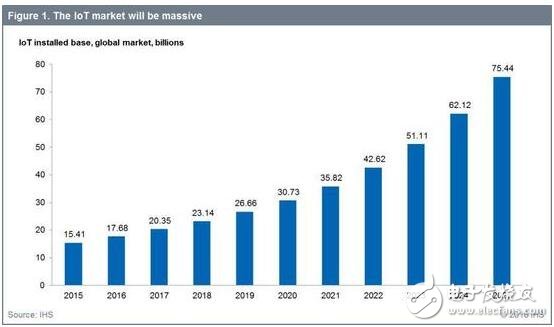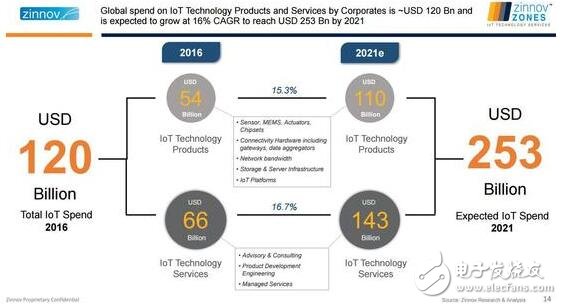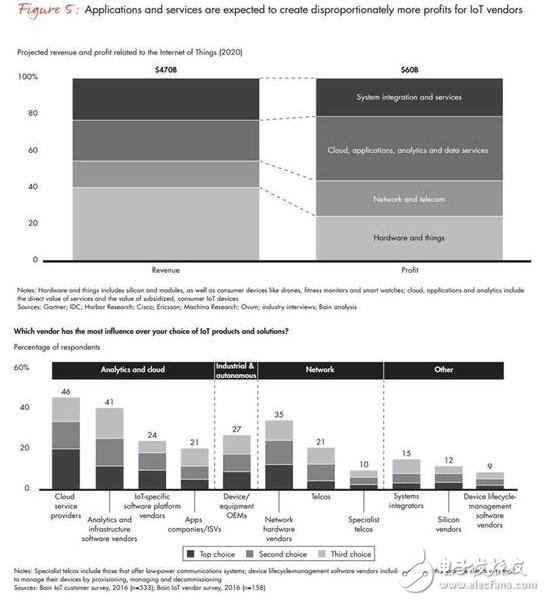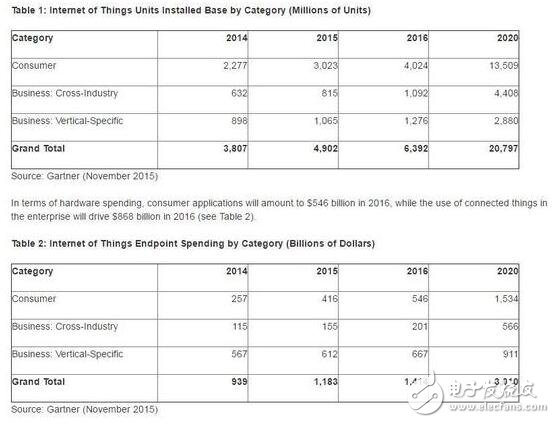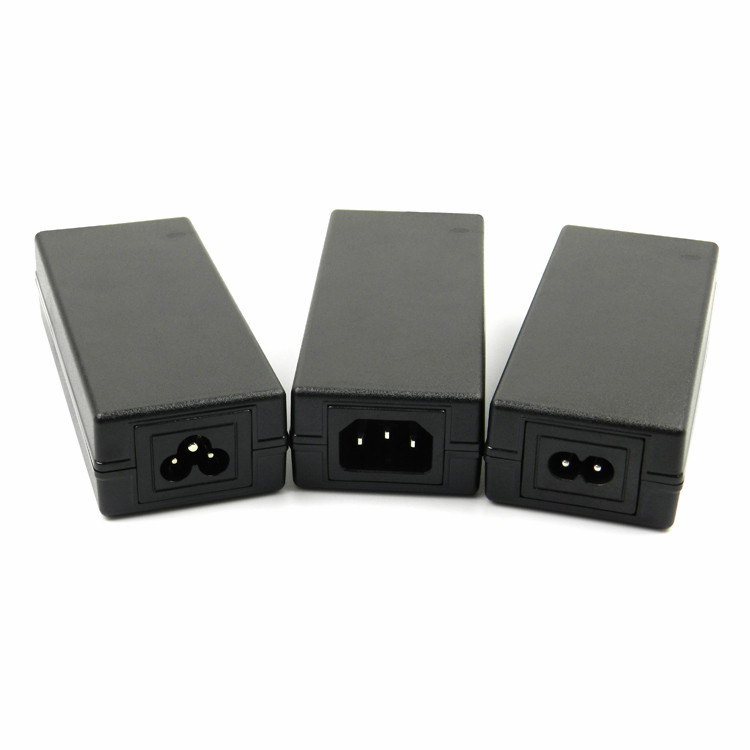November 30, according to Forbes, the Internet of Things (IoT) and Industrial Internet of Things (IIoT) projections this year have increasingly focused on generating results based on sensor data and creating data sets for analysis. This future trend will be of great value in solving complex logistics, manufacturing, service and supply chain issues. A good example of many IoT applications is that Lufthansa uses an IoT-based strategy to create a business that collects data from maintenance, repair, and overhaul (MRO) and delivers the data to customers. They also use real-time aircraft and weather sensors for comprehensive observations to improve punctuality and optimize command operations. Lufthansa brings together all available data to consistently deliver a superior user experience. The strategy of sensors and the Internet of Things also heralds the future of this industry. The main contents of IoT forecasting and market estimation include: IHS predicts that the installed base of IoT devices worldwide will grow from 15.4 billion in 2015 to 30.7 billion in 2020. In 2025, this number will reach 75.4 billion. Forrester predicts that transportation, government security and surveillance retail and inventory management, and industrial asset management in primary manufacturing will be a hot area for future IoT growth. Forrester also found that larger companies are more likely to use the Internet of Things than small companies. In the survey, 23% of large-scale surveyed companies use the Internet of Things, and only about 14% of SMEs. McKinsey estimates that the total size of the Internet of Things market will reach $900 million in 2015 and $3.7 billion in 2020, reaching a compound annual growth rate of 32.6%. Before 2025, the potential economic impact of the Internet of Things was 2.7 to 6.2 trillion US dollars. In 2016, global companies' spending on IoT technology products and services is expected to reach $120 billion. In 2021, this number will grow to $253 billion, reaching a compound annual growth rate of 16%. Separate spending on IoT technology services is expected to grow at a compound annual growth rate of 17% over the next five years, reaching $143 billion by 2021. With a compound annual growth rate of 20%, Asia is expected to grow at the highest rate, accounting for about 35% of total spending by 2021. According to Bain Consulting, by 2020, IoT service providers selling hardware, software and integrated solutions will have annual revenues of $470 billion and available profits of $60 billion. At the same time, Bain predicts that cloud service providers, analytics and infrastructure software vendors will have a significant impact on IoT transactions.    Today, 5.5 million new devices are added to the Internet of Things every day. Gartner predicts that the number of IoT devices worldwide will reach 6.4 billion in 2016, a 30% increase from 2015. This number will reach 20.8 billion in 2020. 12.6VDC for 3S Battery Charger
ZhenHuan`s line of Battery Charger range in output voltage 12.6V, features high energy efficiency Level VI and reliability, with quick charging function for 18650 batteries and 3S li-ion batteries, etc. Our desktop versions ac to dc power charger adopts constant voltage and constant current mode, all available with 2 colors LED indicator for charging status(Green and Red light). ZhenHuan`s power charger adapters solutions also includes class I and class II installations, equipped with IEC320-C8, IEC320-C6 and IEC320-C14 three standard AC inlet options.
Battery Charger Phones,Battery Charger Motorcycle,Battery Charger 12.6V,Best Battery Charger,Golf Car Battery Charger Shenzhenshi Zhenhuan Electronic Co Ltd , https://www.szzhpower.com